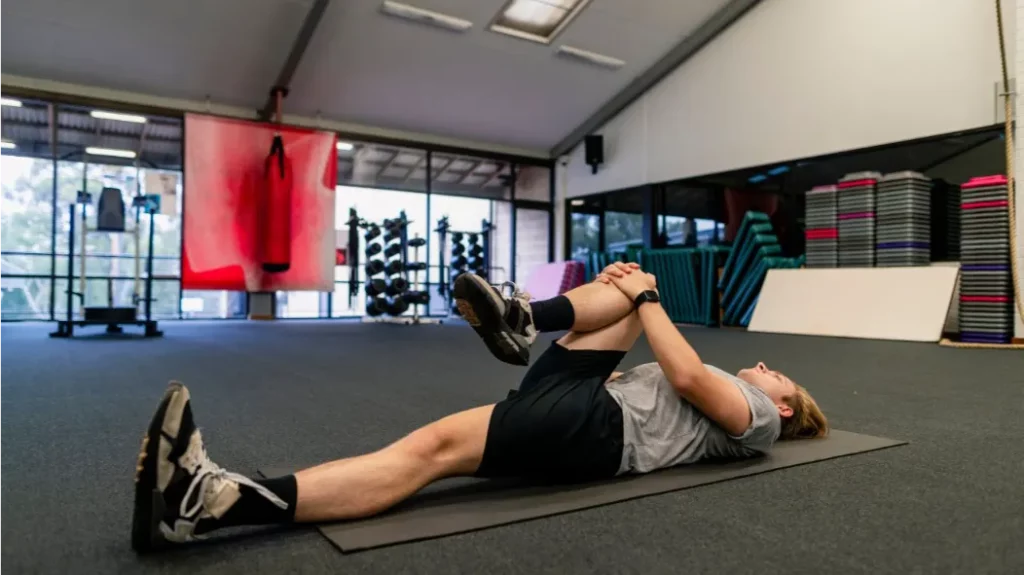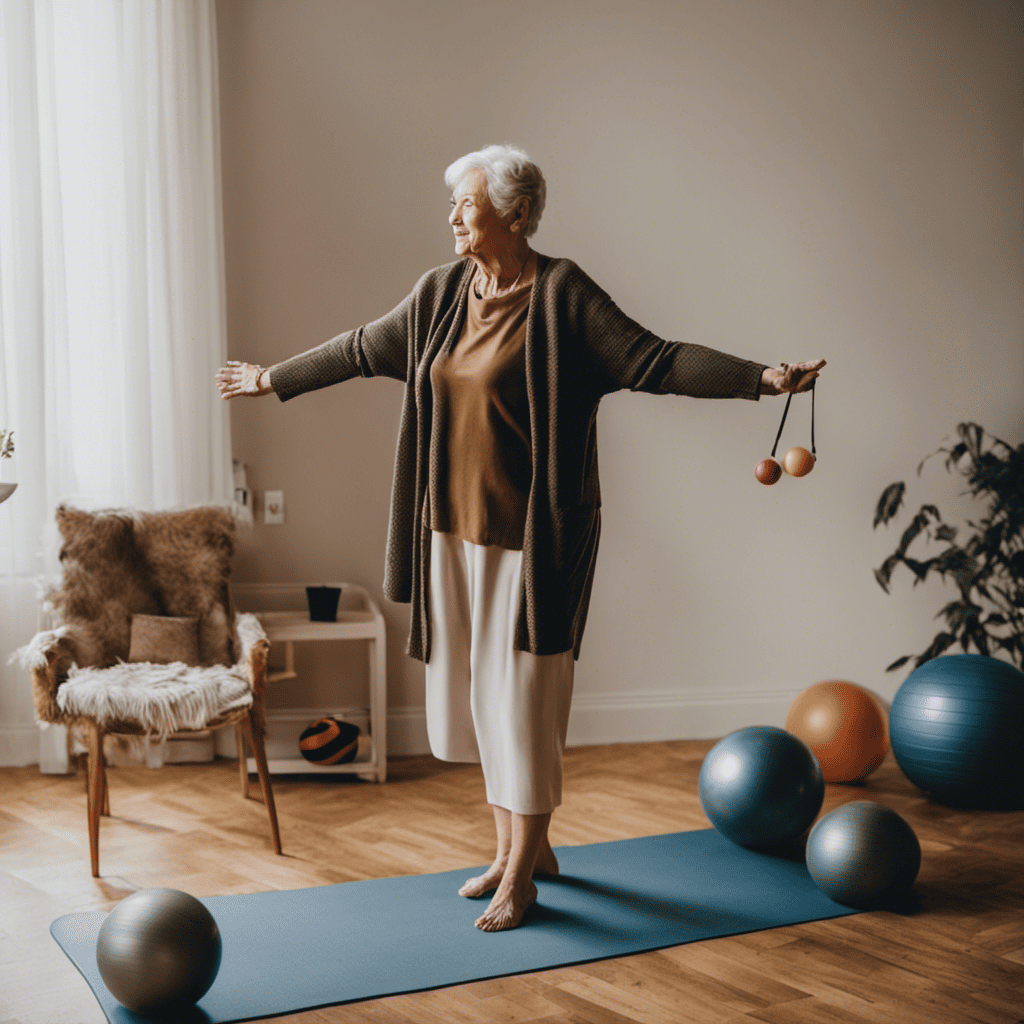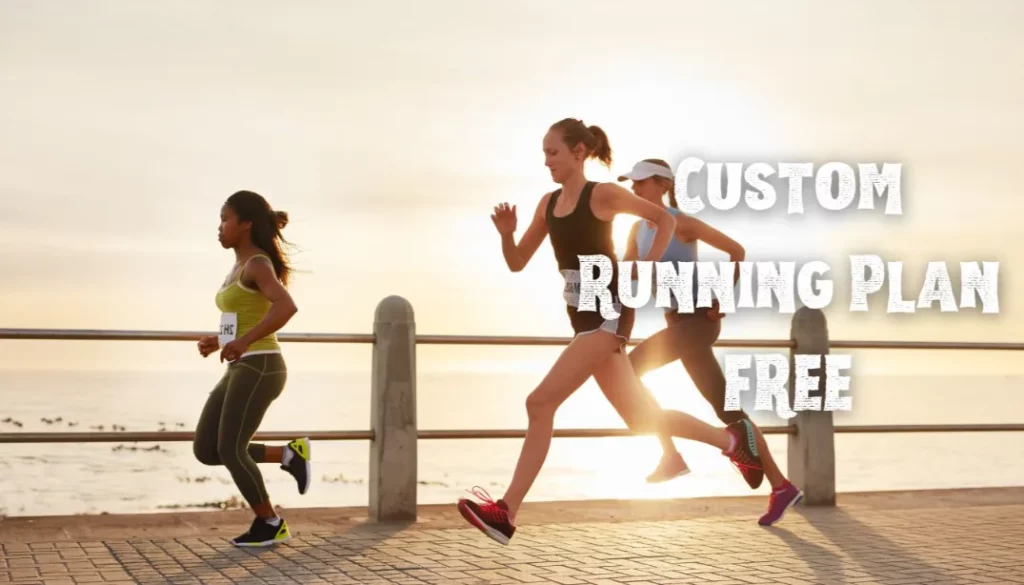This is your practical, get-it-done guide to senior fitness. We’re cutting through the noise and giving you the straight goods: actionable strategies including the benefits of walking for seniors to maintain your independence, prevent falls, and feel great..
Forget the fluff. Regular activity is essential for older adults. Here’s the blunt truth:
- Stay Independent: Getting out of a chair, climbing stairs, carrying groceries – that’s what matters. Exercise keeps you doing it.
- Fight Disease: Exercise is your weapon against heart disease, diabetes, osteoporosis – even some cancers. The CDC says it can cut hip fracture risk by up to 68%. That’s huge.
- Sharpen Your Mind: Exercise boosts memory and focus. It can even slash dementia risk by almost 30%.
- Prevent Falls: Balance and strength training are your best defense against falls.
- Feel Good: Exercise releases endorphins – natural mood lifters.
- Connect: Group activities fight loneliness.
Key Takeaways:
- Move for Life: Senior fitness is essential movement – not optional workouts – for maintaining independence and overall well-being.
- Your Plan, Your Way: The best approach is personalized: strength, balance, flexibility, and cardio, tailored to your needs and preferences.
- Start Small, Stay Safe: Begin with gentle, low-impact exercises, prioritizing proper form and listening to your body.
- Focus on Function: Prioritize exercises that mimic everyday movements (functional fitness) to improve daily life and prevent falls.
- Consistency is King: Regular activity, even in short bursts, is more important than intense, infrequent workouts.
- Get Support: Don’t hesitate to seek guidance from doctors, trainers, or senior fitness classes.
Your Four Fitness Cornerstones
Forget complicated routines. Focus on these four key areas:
- Strength: Keep those muscles strong. It’s crucial.
- Balance: Good balance = fewer falls. Simple as that.
- Flexibility: Stay limber to move freely.
- Cardio: A healthy heart is everything.
1. Strength: Your Muscle-Saver
Use your body weight or resistance (bands, light weights) to maintain muscle.
- Why It’s Age-related muscle loss (sarcopenia) is real. Strength training fights it.
- Doable Exercises:
- Chair Squats: Sit, stand, repeat. Use your legs. Imagine: perfect form – slow, controlled.
- Wall Push-Ups: Lean, push. Easier than floor push-ups. Imagine: different angles for different strengths.
- Bicep Curls: Light weights or bands. Elbows in.
- Overhead Press: Like curls, but press up.
- Modified Plank: On your knees to start.
- Calf raises: Stand. Lift Heels.
- Remember:
- Start Light: Seriously. Increase slowly.
- Form First: Prevents injuries. Watch videos.
- Breathe! Deep breaths.
- 2-3 Times a Week: With rest days.
2. Balance: Your Fall-Proofing
Improve stability, reduce fall risk.
- Why It’s a Must: Falls are a major danger. Balance training is your protection.
- Easy Exercises:
- Single-Leg Stance: Stand on one leg. Hold. Switch. Imagine: near a chair for safety.
- Heel-to-Toe Walk: Straight line, heel to toe.
- Tai Chi: Gentle, great for balance.
- Yoga: Balance and flexibility. Explore: Ashtanga Yoga Benefits
- Standing Marches: High knees.
- Key Points:
- Go Slow: No rushing.
- Stay Safe: Chair or wall nearby.
- Practice Often: A few minutes most days.
3. Flexibility: Your Movement Booster
Maintain range of motion, reduce stiffness.
- Why It’s Important: Keeps you moving freely.
- Simple Stretches:
- Neck: Side to side, forward and back – gently.
- Shoulders: Roll forward and backward.
- Arms: Overhead, across chest, behind back.
- Hamstrings: Sit, reach for toes (don’t force it!).
- Calves: Lean against wall, one leg back.
- Ankles: Rotate both ways.
- Remember This:
- Gentle! No bouncing.
- Hold: 15-30 seconds.
- Breathe: Deeply.
- Stretch Often: A few times a week, or daily.
4. Cardio: Your Heart Protector
Get your heart pumping, improve overall fitness.
- Why It’s Crucial: Heart health, endurance, weight management.
- Good Options:
- Walking: Simple, effective. Start short, go longer.
- Swimming: Low-impact, joint-friendly.
- Cycling: Outside or stationary.
- Water Aerobics: Low-impact, great for all levels.
- Dancing: Fun and a workout!
- Chair Exercises: For limited mobility. Imagine: seated cardio options.
- Keep in Mind:
- Start Slowly: Increase gradually.
- Talk Test: Can you chat? You’re at a good pace.
- Doctor’s Okay: Especially with health conditions.
- Aim at least for 150 minutes.
Chair Exercises: Your Mobility Solution

Perfect for limited mobility or balance issues. Convenient, accessible, done at home. Adapt many strength exercises (curls, presses) to a seated position. Learn more here: Chair Exercises for Limited Mobility.
Fitness Classes: Find Your Support
Classes offer structure, motivation, and social connection. Look for senior-specific classes at gyms, community centers, or senior centers.
Make it Last: Your Success Plan

- Slow & Steady Wins: Don’t overdo it.
- Listen to Your Body: Pain? Stop. Talk to a pro.
- Stay Hydrated: Water, water, water.
- Dress Comfortably: Clothes and shoes that move with you.
- Have Fun! Choose activities you enjoy.
- Small Goals: Celebrate every win.
- Be Consistent: Most days of the week.
- Pro Help: Consider a trainer specializing in senior fitness.
Functional Fitness: Train for Life
Exercises that mimic everyday movements (lifting, bending, reaching). Improve daily function, reduce injury risk. Think squats, lunges, reaching. Imagine: clear pictures of functional exercises.
Fall Prevention: Priority One

Beyond balance exercises:
- Home Safety: Clear clutter, add grab bars, good lighting.
- Vision/Hearing Checks: Regular check-ups.
- Medication Review: Some meds increase fall risk.
Age Changes: Know What to Expect
- Muscle Loss: Strength training is your defense.
- Bone Loss: Weight-bearing exercises + strength.
- Less Flexibility: Stretch regularly.
- Lower Cardio Capacity: Regular cardio.
- Balance Changes: Balance exercises are essential.
Your Quick FAQ:
- Q: How much exercise? Really?
- A: 150 minutes moderate cardio or 75 minutes vigorous, plus strength twice a week. But any movement is good!
- Q: Safest exercises?
- A: Low-impact: walking, swimming, cycling, chair exercises. Doctor’s okay first!
- Q: Exercise with arthritis?
- A: Yes! Helps pain and stiffness. Low-impact is key. More info: Exercising with Arthritis.
- Q: Stay motivated?
- A: Find fun activities, set small goals, exercise with a buddy, track progress. Celebrate! Track here: Fitness & Nutrition Journal.
Conclusion & Your Action Plan

Staying active is the best thing you can do for yourself. It’s about strength, independence, and feeling good.
Do This Now:
- Doctor Chat: Get the green light.
- Start Small: A few exercises from this guide.
- Go Gradual: Add more as you get stronger.
- Pro Help? Consider a class or trainer. Explore: CrossFit For Seniors
- Nutrition Part: Nutrition for Fitness Training
Every step towards movement is a step towards a better you. You deserve it!
References:
[1] https://www.seniorlifestyle.com/resources/blog/7-best-exercises-for-seniors-and-a-few-to-avoid/
[2] https://vistaliving.net/5-safe-ways-for-seniors-to-stay-fit-indoors/
[3] https://lottie.org/care-guides/exercises-for-seniors-at-home/
[4] https://www.cnet.com/health/fitness/3-age-defying-exercises-to-do-for-a-better-you/
[5] https://www.aarp.org/health/healthy-living/info-2022/squats-best-exercise-for-strength.html
[6] https://www.healthline.com/health/everyday-fitness/senior-workouts
[7] https://www.youtube.com/watch?v=J7E8Qv00PNg
[8] https://www2.hse.ie/living-well/exercise/indoor-exercises/overview/
[9] https://safe-seniors.com
[10] https://huraustralia.com.au/seniors-exercise/
[11] https://www.nhs.uk/live-well/exercise/physical-activity-guidelines-older-adults/
[12] https://www.nytimes.com/2023/03/01/well/move/strength-exercises-aging.html
[13] https://www.youtube.com/watch?v=Ev6yE55kYGw
[14] https://northwestrh.org/exercises-for-seniors/
[15] https://www.cdc.gov/physicalactivity/downloads/growing_stronger.pdf
[16] https://www.ageuk.org.uk/information-advice/health-wellbeing/exercise/exercises-for-older-adults/
[17] https://jensonmak.com/great-youtube-channels-for-senior-fitness/
[18] https://www.youtube.com/watch?v=rkhsufGk4Tc
[19] https://www.planetfitness.com/community/articles/exercises-for-seniors
[20] https://www.youtube.com/watch?v=v8cPD2tQaoY
Alexios Papaioannou
Mission: To strip away marketing hype through engineering-grade stress testing. Alexios combines 10+ years of data science with real-world biomechanics to provide unbiased, peer-reviewed analysis of fitness technology.
